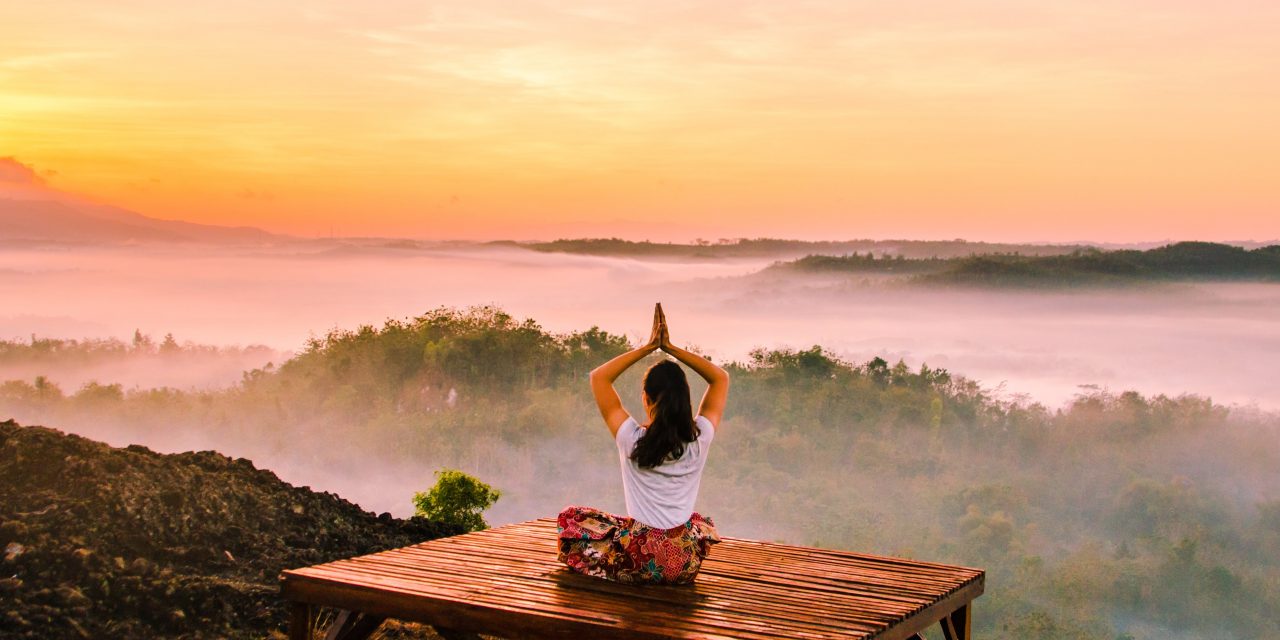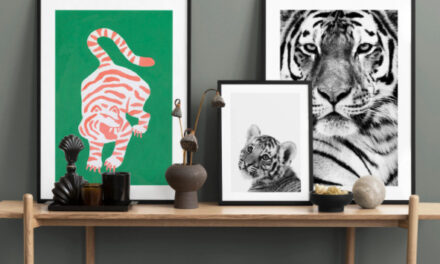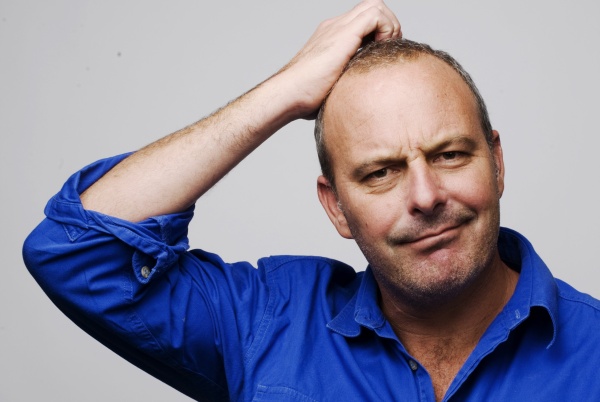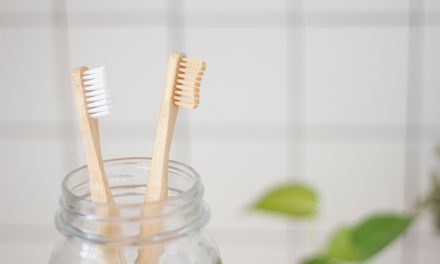Isabella Ross
In our chaotic lives, it is important to re-centre and find restorative balance. Not an easy feat for all, there are lots of ways to find relaxation and peace of mind. Meditation is one of the best ways to find balance, known for its calming qualities. According to The Good Body, across the world between 200 and 500 million people meditate.
Even though meditation’s origins lie in the religion of Buddhism, secular mindfulness meditation is now more commonly practiced. So to help you relax and let go of any tension or stress, here is our guide on how to meditate.
Find a Comfy Position – First and foremost, find a spot where you feel secure. Whether it’s in your bedroom, outside near the garden or in the bath, your options are endless.
No Distractions – Make sure to have your mobile device on silent, the landline telephone off the hook, and the kids (if any) are occupied. This is important, as you need to maintain your full attention to the practice at hand.
Seek Guidance if Needed – If you are a meditation beginner, then a great way to get started is to adopt a guided meditation. This simply means letting someone or something else guide you on your path of mindfulness. The Headspace app is a good choice, with lots of options and time settings available to suit your interest. The best aspect about the app is that the digital instructor will lead you through the meditation and suggest how to integrate the varying techniques into your daily life.
Focus and Follow Your Breath – Concentrate on your breath – the length of it, where you feel it most in your body when you inhale and exhale. This in turn will start to centre the mind on the breath itself rather than any other worries circulating. Then follow your breath for a few minutes, taking note on breathing deeply, elongating your out-breath as your stomach contracts. Continue to do this for however long is necessary. Studies show that just 10 minutes of meditation a day can make a real difference.












